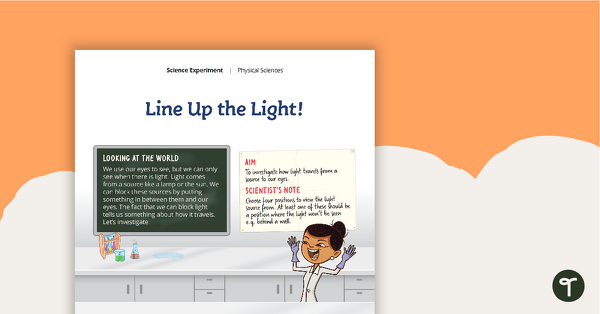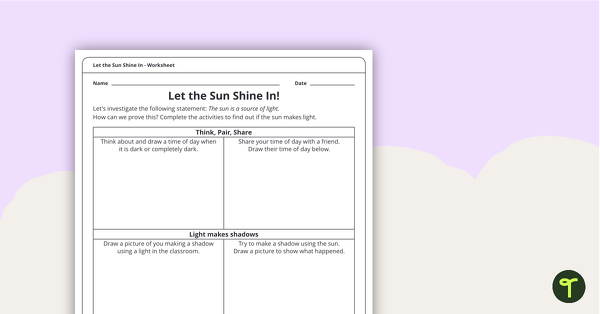Investigate heat conductors with your students using this engaging science experiment.
Let’s Explore Heat Conductors
Heat can move from one object to another. This is called ‘heat transference’. One of the ways that heat can transfer from one object to another is through direct contact. This process is called ‘conduction’. Some materials are better conductors of heat than others. This Physical Sciences experiment allows students to investigate if plastic, wood or metal is the best conductor of heat.
Students follow the scientific method to conduct the experiment and then complete the worksheets provided.
The scientific method is a systematic approach that scientists use to investigate questions and solve problems.
Heat Conductors Science Experiment
For this science experiment, you’ll need the following items:
- 3 x ceramic mugs
- 3 x teaspoons (1 plastic, 1 wooden and 1 metal)
- Hot water
- 3 x thermometres
- a stopwatch
This science experiment aims to investigate whether plastic, wood or metal is the best conductor of heat. Students will hypothesize what they think is going to happen and then test their theories!
Download and Investigate Today!
Use the dropdown menu to choose between the color version of black and white version of this resource. You may like to print the actual science experiment on cardstock so that this can be used each year you teach thermal energy to your students.
More Heat Energy Resources
If you’re looking for more resources to add to your heat energy science plan, we have you covered…
[resource:2653266] [resource:2674194] [resource:2674250]












0 Comments
Write a review to help other teachers and parents like yourself. If you'd like to request a change to this resource, or report an error, select the corresponding tab above.